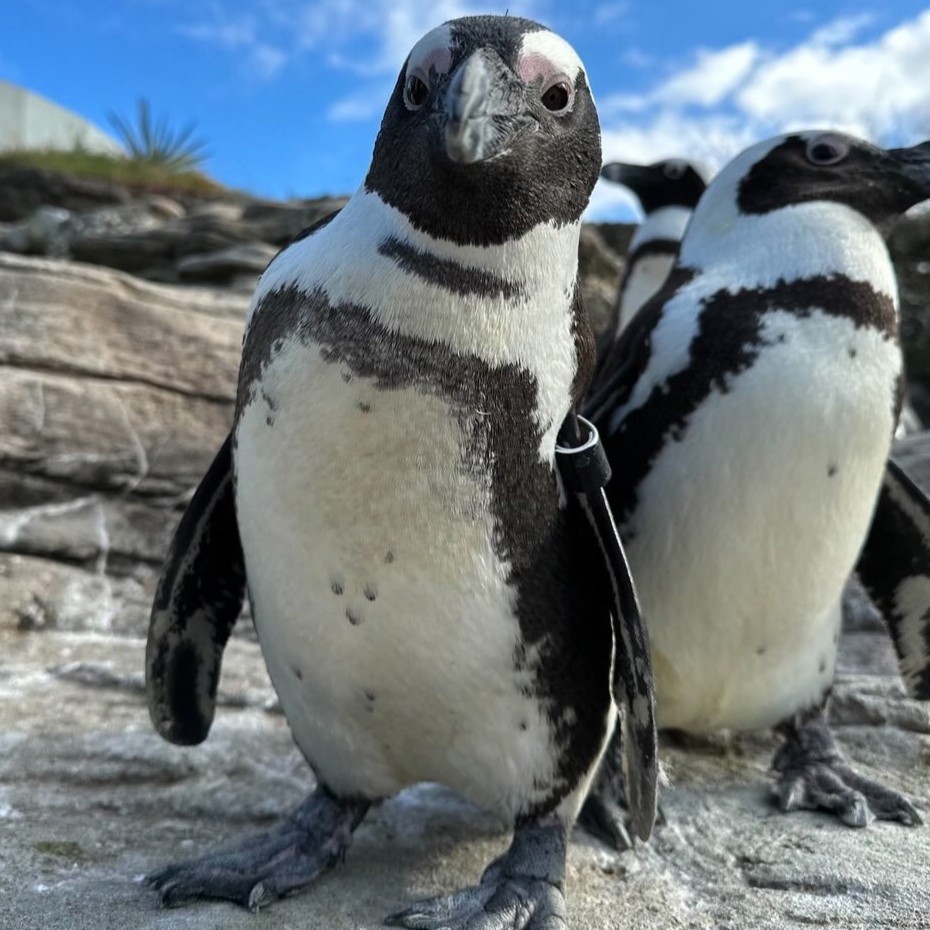Summary:
– African penguins have two layers of insulation to keep them warm in cold water
– Their soft down feathers act as a warm layer underneath a stiff outer layer of overlapping feathers
– The combination of these layers provides waterproofing and keeps the birds warm and dry
Did you know that African penguins have a unique adaptation to keep themselves warm in cold waters? These fascinating birds have not one but two layers of insulation that work together to provide warmth and protection. This article will delve into the intriguing details of African penguins’ unique insulation system and discover how it helps them thrive in their chilly habitat.
Let’s start with the basics. African penguins, scientifically known as Spheniscus demersus, are a species of penguins native to the shores of southern Africa. They are quite different from their Antarctic counterparts, adapting to the milder climate of their region. One of their distinct adaptations is their insulation system, which helps them combat cold water temperatures.
The first layer of insulation found on African penguins is a downy layer of soft feathers beneath their outer layer. These down feathers act as a warm, cozy blanket that keeps the birds insulated from the cold. Similar to the down filling in a winter parka, these feathers trap air close to the penguin’s body, creating a layer of insulation that prevents heat loss.
As if the down feathers weren’t fascinating enough, African penguins have an additional layer of protection. Their outer layer of feathers is composed of stiff and overlapping feathers. This arrangement serves a dual purpose. Firstly, these feathers make their bodies more streamlined, allowing them to glide effortlessly through the water. Secondly, they provide a waterproof shield against the cold, wet environment.
The overlapping feathers form a barrier preventing water from seeping through the penguin’s skin. This waterproofing is essential to keep the birds dry and warm, as wet feathers can lead to heat loss. These feathers are densely packed, creating a protective shield that allows penguins to swim comfortably for extended periods.
Imagine a cold ocean current sweeping through the penguins’ habitat. With their two layers of insulation, African penguins are well-equipped to handle such conditions. Their down feathers trap warm air close to their bodies, while the outer feathers deflect the cold water, keeping them both warm and dry. This insulation system allows them to spend extended periods in the water, searching for food or evading predators.
Another fascinating aspect of the African penguins’ insulation is its adaptability. Unlike some species that solely rely on their thick layer of fat, African penguins have found a different approach to staying warm. Their lightweight and efficient insulation system allows them to move swiftly on land and in water without being hindered by excessive bulk.
Besides providing warmth and protection, the insulation system of African penguins also plays a crucial role in their reproductive success. During the breeding season, these penguins nest on land, facing exceptionally cold and windy conditions. Their insulation helps them endure these harsh environments, ensuring the survival of the chicks.
In conclusion, African penguins have a remarkable insulation system comprising two layers that work together to warm them in cold water. The soft down feathers provide warmth and insulation, while the stiff outer feathers act as a waterproof shield. This unique adaptation allows African penguins to thrive in their chilly habitat, swim for extended periods, and survive harsh weather conditions. Next time you spot an African penguin waddling or swimming gracefully, take a moment to appreciate the incredible insulation that keeps them cozy and dry in the ocean’s cold depths.
*****
Source Description
DYK African penguins have two layers of insulation to keep them warm in cold water. They have a layer of soft down feathers underneath a stiff outer layer of overlapping feathers that provide waterproofing. The combined layers work like a downparka to keep the birds warm and dry. 📸Supervisor Jennifer


